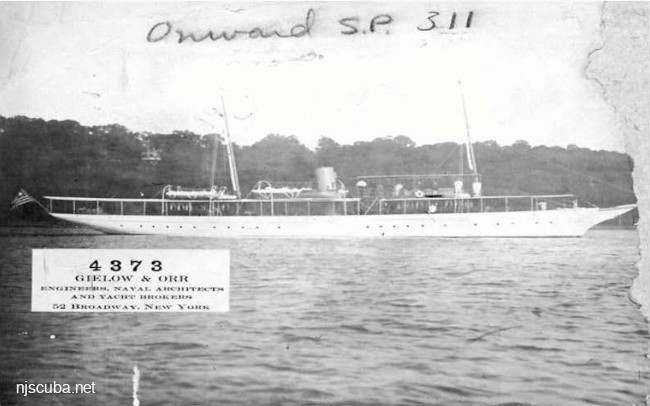
- Type:
- shipwreck, steamer, yacht, USA
- Built:
- 1906, Consolidated Shipbuilding, Morris Heights NY USA as Galatea
- Specs:
- ( 140 x 18 ft ) 157 tons, 9 crew
- Sunk:
- Sunday April 29, 1923
grounded on Fisher's Island - 1 casualty
More: Thelma Phoebe ...
A ship is a large watercraft that travels the world's oceans and other sufficiently deep waterways, carrying goods or passengers, or in support of specialized missions, such as defense, research, and fishing. Ships are generally distinguished from boats, based on size, shape, load capacity, and tradition.
More: Gallery of Ships ...

More: Thelma Phoebe ...

More: Thomas Hebert ...
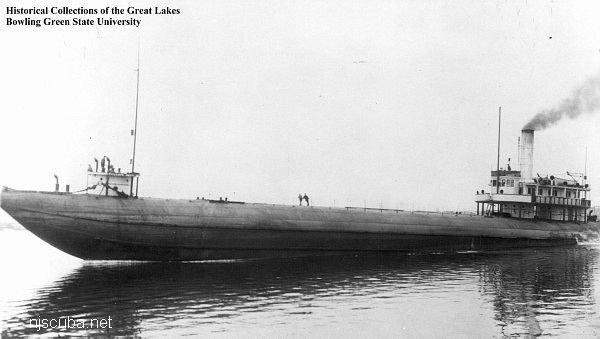
More: Thurmond ...
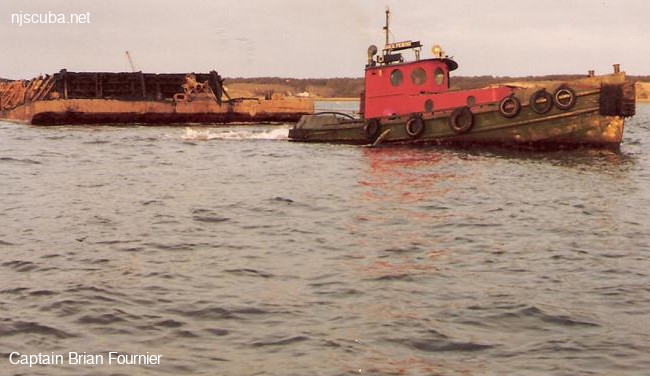
More: Tibor ...
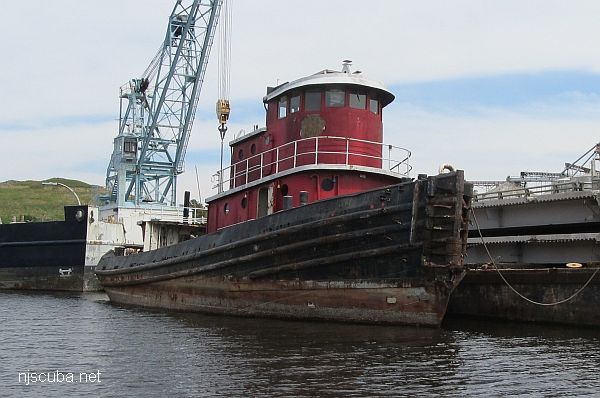
More: Tobacco Pointe ...

More: Troy ...
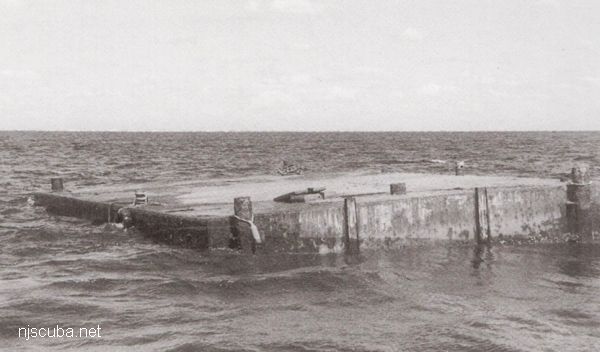
More: Tuna Sub ...
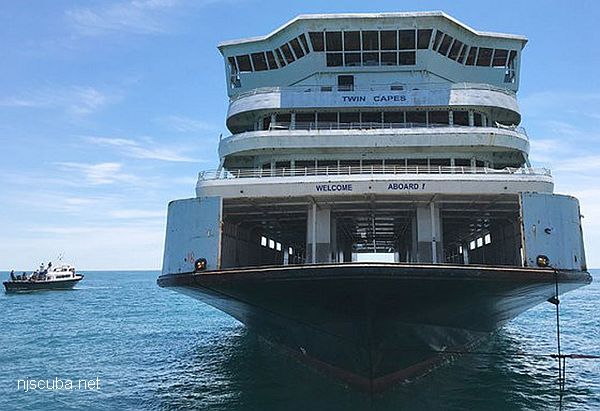
More: Twin Capes ...
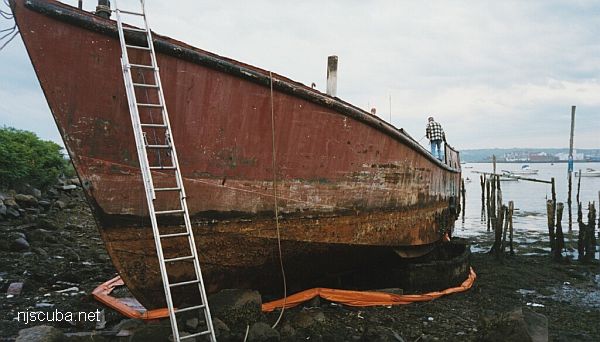
More: Two Friends ...